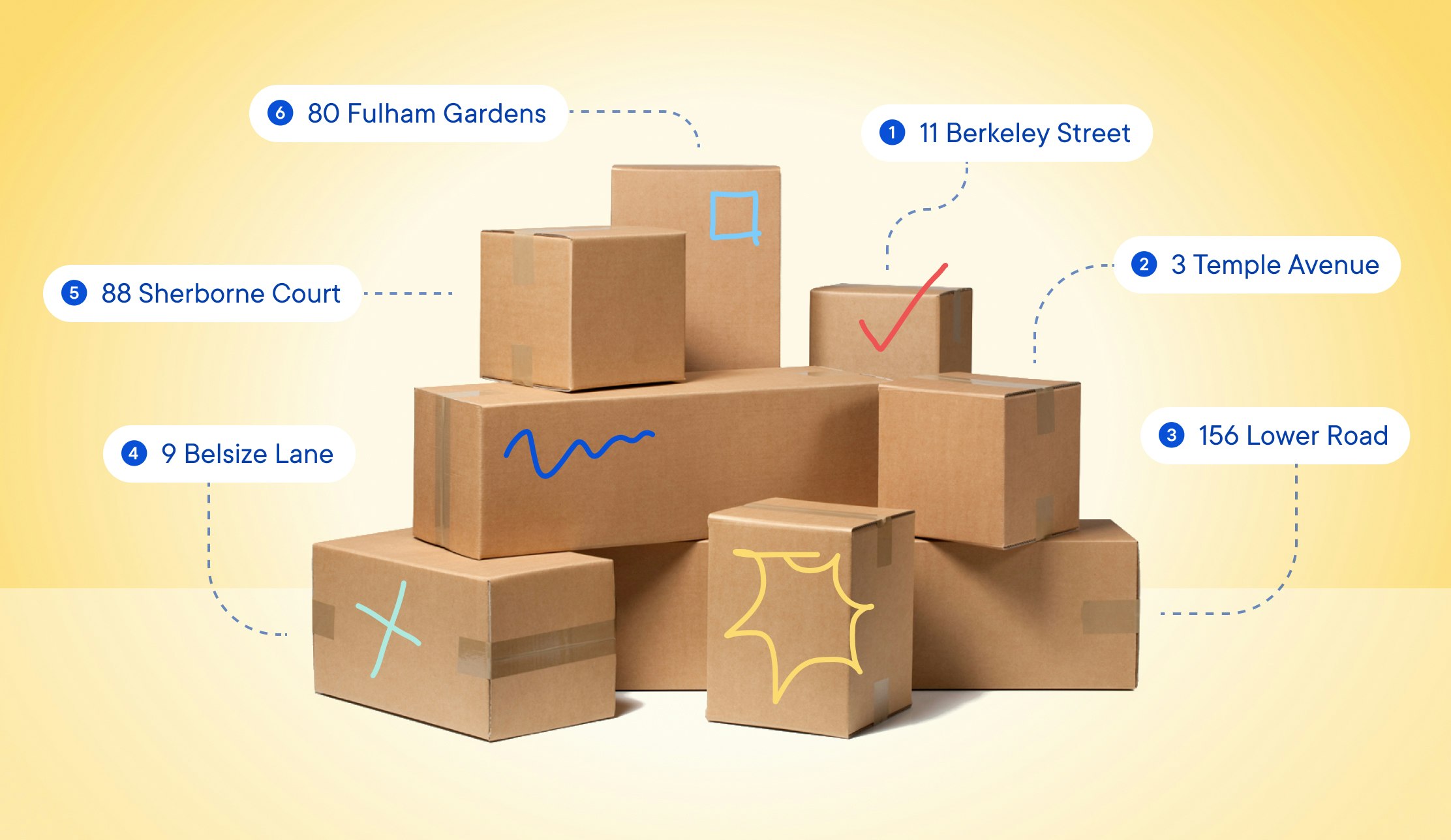What's it's like, working at Circuit?

Building a best in class User Experience
~5 years ago, we set out to build a product that today has a tremendous effect on the lives of our customers.
The 70k delivery drivers using Circuit each reclaim ~20 hours per month using our product, freeing them up to spend that time outside of work. That’s a lot of impact, and is why we have more than 50k reviews at 4.7*.
We’ve been able to accomplish this by stripping out everything that gets in the way of them doing great work, every tap, wait and load has been removed/minimized, leaving behind what they need to do their job effectively and nothing more.
Doing this well, requires you to properly view the problem from your customer's perspective. It requires you to scrap accepted practice, to really go back to basics, and to approach the problems you face with real pragmatism.
This is the exact same approach we enact when building the rest of the company too.
Building a way of operating, from the ground up
If we were to describe the way Circuit works, with a single word, that word would almost certainly be "pragmatic".
Most companies eventually evolve to be the complete opposite of this. Anyone that's had the displeasure of sitting through an entire morning of back-to-back standups can attest to this, it's quite obviously not the best use of anyone's time.
The vast majority of companies follow a standardized playbook on how companies should be run. The problem with that is that a playbook is designed to be something that'll do an OK job in every scenario. It is by definition, not optimal for any given situation, and as such applying best practices specified by a playbook will always lead to suboptimal outcomes.
There are a lot of fundamentally different things about Circuit:
- We're 100% first
- We're bootstrapped
- We're made up of almost entirely senior folks
These differences are large enough that the standard playbook is completely wrong for us, and as such we approach most things completely from scratch, and ignore the standard way of doing things if they clearly aren't what's best for us.
Key differences between us and traditional companies
We're all in on Remote
Our processes and procedures are designed specifically for a remote environment, they have to be considering Jack and Pol live in separate countries. Most communication is async: Twist messages, Looms and focused discussion in tickets and PRs. We still have a face-to-face conversation when it makes the most sense, but you quickly find that a meeting is rarely the best medium for any given problem.
We don't use Scrum
We have low overhead, scrum-free processes. Our team is almost entirely senior folks, and that means we can remove all the usual guardrails that more junior folks need to guide them.
Depending on the role, we work our way through the list of outstanding work, schedule our own, or a mixture of both. When work is part of a larger group of work, we use the Projects Framework to assign decision-makers, and get everyone on the same page by leading with context.
There are very few meetings
The combination of the two above means that we have very few meetings as a company. 90% of the company spend less than 5 hours per week in meetings, 80% less than 3.
You can schedule your work around your life
Primarily async communication, combined with the lack of scrum and it's induced meetings, allows us to be more flexible with our team:
Starting 2 hours later one day and working later one day; taking a 3-hour (including lunch) break in the middle of the day another, and starting 2 hours earlier to finish earlier on a Friday are all completely legitimate ways to structure your working hours.
In fact, you're encouraged to think about what your life could look like if you had 2 flexible hours per day to spend however you like, and reimagine your work schedule.
We're not a completely async company, and as such we don't have unlimited flexibility like some others, but have found that the "2 flexible hours" policy we have provides so much positive benefit, for very little downside.
We focus on long-term progress
With no need to raise funding and convince outside investors of short-term progress, we're free to think about what's going to lead to the fastest long-term progress. This means there's no need to fight for the time allocation to do refactors, to invest in tooling, or to otherwise slow down on order to speed up. If it'll lead to the company having 10x the impact faster, then we'll do it.
We believe strongly in transparency
We're super transparent! Almost everything is public knowledge because there's nothing to hide, be that from competitors, investors, or otherwise. We believe completely that those who are working together towards a shared object should understand the current progress, the potential rewards, and the risks associated.
Not relying on outside investment lets us be open with core metrics: Revenue, growth-rate, cash in the bank, runway (ours in infinite!), and anything else, we lean into that because it's the right thing to do.
We're still learning
We've figured out a lot, though we still have much to do and we know that.
Fundamentally, we're still figuring out how a company with our specific traits should best be run. We try to oust bureaucracy and undue process, and generally try to think logically and pragmatically about any given problem to find a solution that contributes to the fastest possible long-term progress. We've made a lot of positive steps in this direction, but we're still optimizing.
We think it's a great place to work already though, and hope you will too.
